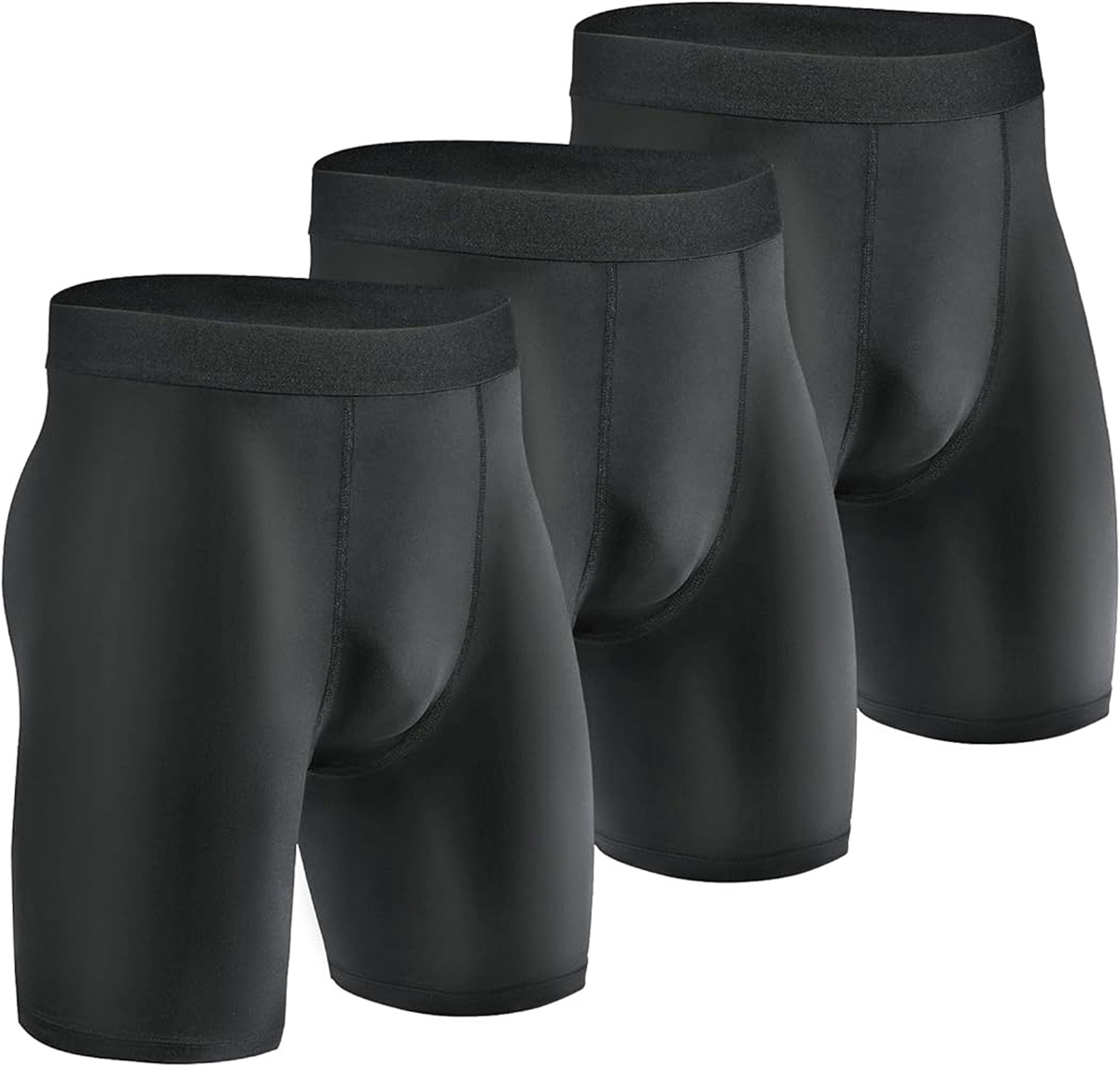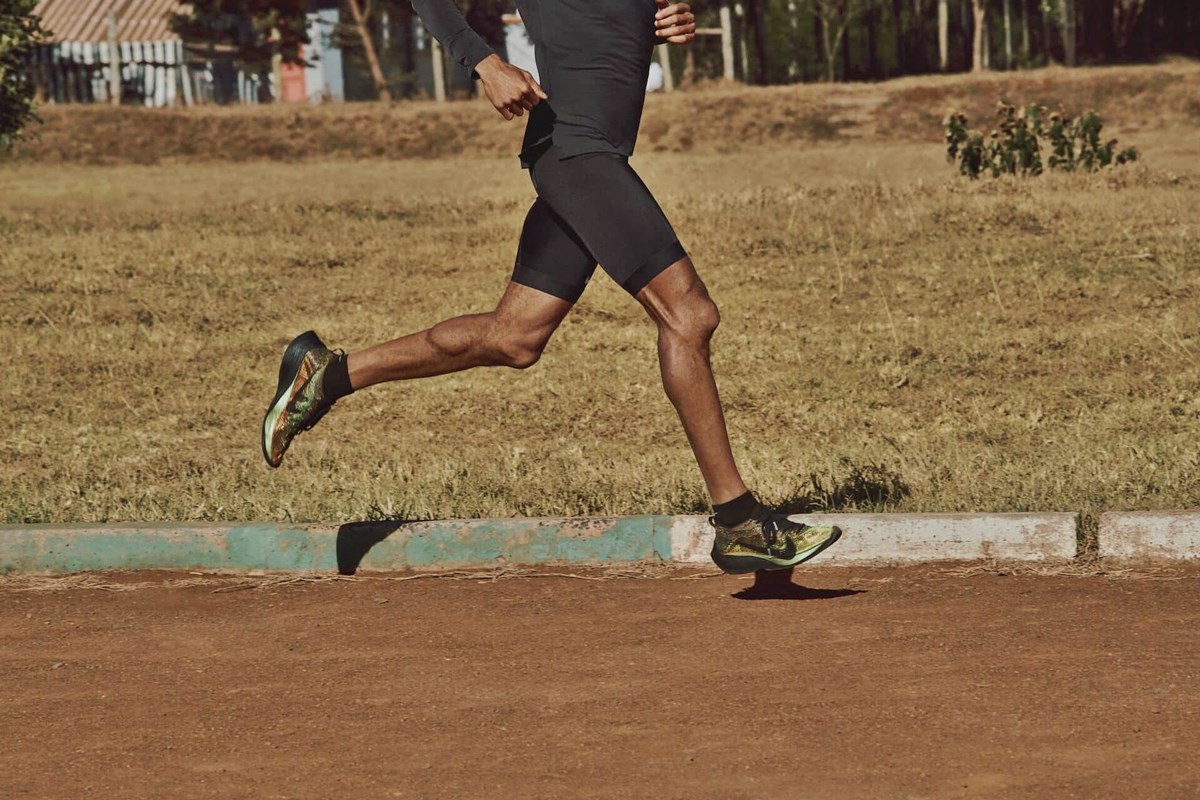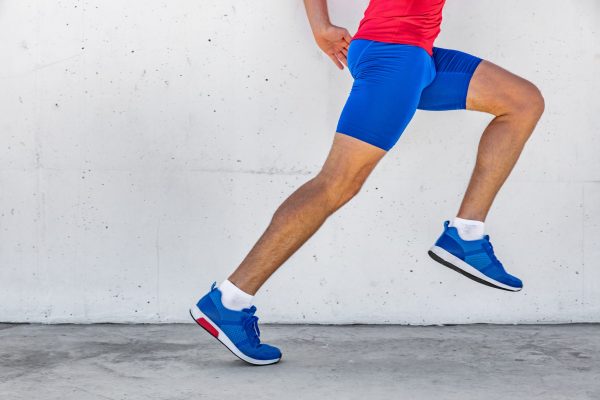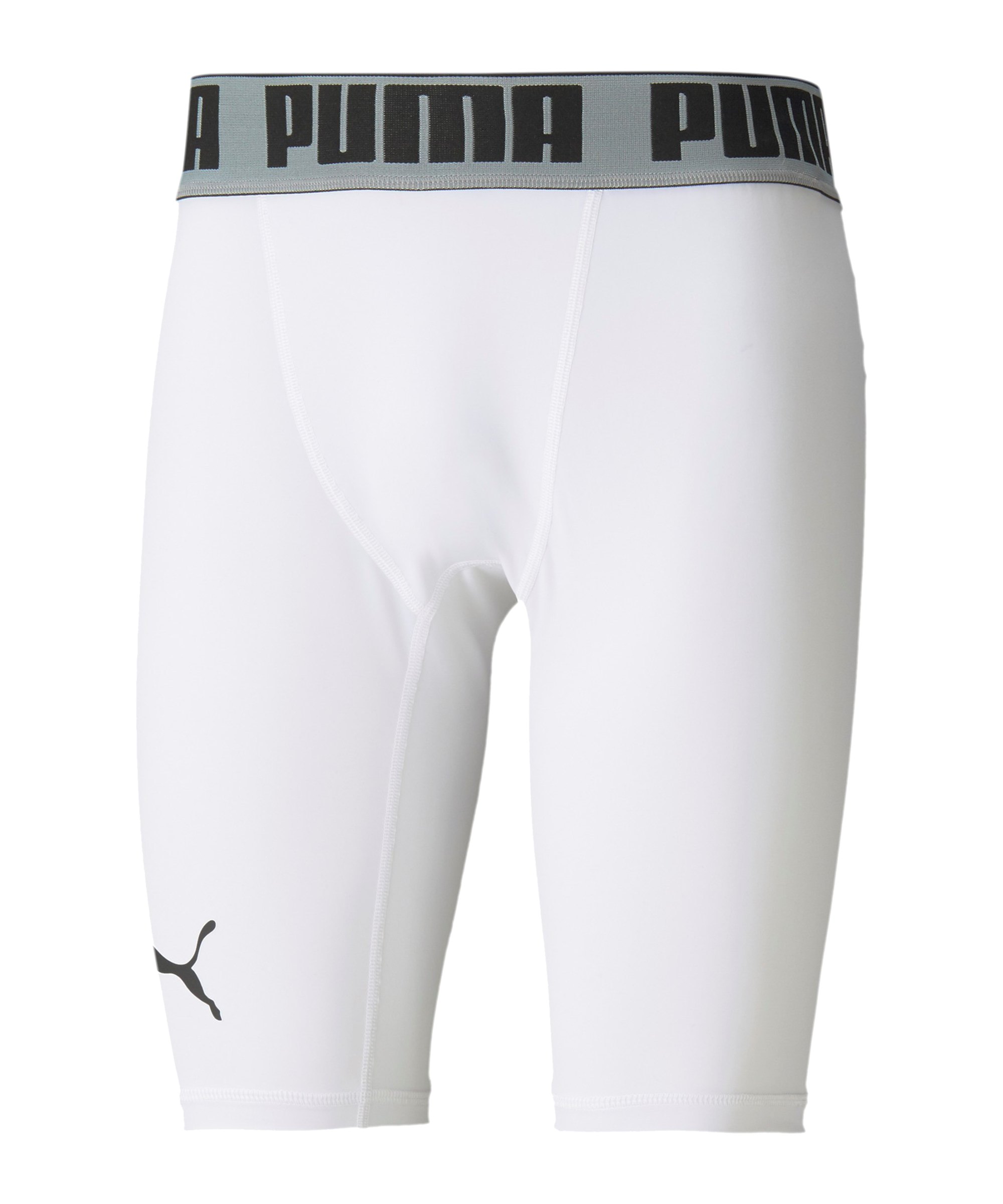Home>Shop by Feature>Tight Running Shorts>How Compression Shorts Can Improve Running Performance


Tight Running Shorts
How Compression Shorts Can Improve Running Performance
Modified: January 2, 2024
Whether you're a competitive athlete or a recreational runner, understanding how compression shorts can enhance your running performance can help you maximize your potential and achieve your goals.
Running is a powerful expression of human athleticism and endurance. Whether you’re a beginner or a seasoned marathoner, the quest for improvement is an ongoing journey. Every runner dreams of clocking faster times, running longer distances, and recovering swiftly after workouts. And every little bit of help counts in realizing these goals. That’s where compression shorts come in, a piece of gear that has gained popularity over the years for their perceived benefits in improving running performance. But how do they do it? Let’s put them under the microscope.
Compression Shorts Unveiled
Compression shorts are tight, form-fitting shorts that apply pressure to the areas they cover, typically the thighs and buttocks. Originating in medical practice for the treatment of circulatory disorders, their application has expanded to the world of sports for their potential performance-enhancing effects.
The Performance-Boosting Potential of Compression Shorts
Compression shorts enhance running performance in a number of ways:
Enhanced Blood Circulation
Compression shorts work on the principle of graduated compression, where the pressure is highest at the bottom and gradually decreases upwards. This encourages venous return, the process of blood flowing back to the heart, which is crucial for efficient circulation. Better circulation means more oxygen-rich blood reaching your muscles, translating to improved performance.
Reduced Muscle Oscillation
Running subjects your muscles to a phenomenon known as muscle oscillation – the repetitive, small-scale bouncing of muscles. This can lead to muscle fatigue and damage over time. Compression shorts can help reduce this muscle movement, potentially lowering muscle damage and enhancing running performance.
Improved Muscle Alignment
By providing a supportive structure around your muscles, compression shorts can aid in maintaining proper muscle alignment. Proper alignment can enhance biomechanical efficiency during running, which could potentially translate into better performance.
Enhanced Recovery
Though not directly tied to performance during a run, the ability of compression shorts to speed up recovery is worth mentioning. Faster recovery means you’re ready for your next run sooner, thus allowing for more consistent and productive training.
The Science Behind the Shorts
While many runners swear by the benefits of compression shorts, what does the science say? It’s true that some studies have found positive effects of compression gear on various aspects of athletic performance and recovery. These include reduced muscle soreness, decreased muscle damage, improved perceived exertion, and even improved running economy in some cases.
However, it’s important to note that not all studies are in agreement, and some have found minimal to no effects. The differences in findings could be due to various factors such as differences in compression levels, the timing of wearing compression gear (during vs. after exercise), and individual differences among athletes.
Despite the mixed evidence, the potential benefits of compression shorts and their widespread use among athletes make them a valuable tool in the runner’s arsenal. However, like any piece of gear, they are not a magic potion for instant improvement but should be used as part of a comprehensive approach to training that includes proper nutrition, strength and conditioning, rest, and recovery.
Conclusion
Compression shorts, with their potential to improve blood circulation, reduce muscle oscillation, improve muscle alignment, and enhance recovery, offer a compelling proposition for runners looking to up their game. Although the scientific jury is still out on their definitive impact on running performance, many runners find them beneficial, and they have become an integral part of the modern runner’s gear kit. With a proper training regime and a balanced approach to improvement, compression shorts can indeed play a role in enhancing your running performance.
FAQs
What are compression shorts?
Compression shorts are tight, form-fitting shorts that apply pressure to the areas they cover, typically the thighs and buttocks. They are believed to enhance performance and speed up recovery by improving blood circulation, reducing muscle oscillation, and maintaining muscle alignment.
How do compression shorts work?
Compression shorts work on the principle of graduated compression, where the pressure is highest at the bottom and gradually decreases upwards. This promotes better blood circulation, which can enhance athletic performance. They also provide a supportive structure that reduces muscle oscillation and aids in maintaining muscle alignment.
Are compression shorts proven to improve running performance?
Some scientific studies have found positive effects of compression shorts on running performance and recovery, such as reduced muscle soreness, decreased muscle damage, and improved running economy. However, other studies have found minimal to no effects. The potential benefits and widespread use among athletes make compression shorts a popular choice, despite the mixed evidence.
How should I use compression shorts to improve my running performance?
You can wear compression shorts during your runs to potentially enhance performance and after runs to aid recovery. Remember, you should use them as part of a comprehensive approach to improvement. That includes proper nutrition, strength and conditioning, rest, and recovery.
Do compression shorts replace the need for proper training and nutrition?
No, compression shorts are not a substitute for a well-rounded training program and a balanced diet. Instead, they should be viewed as a supplemental tool that can potentially enhance your running performance and recovery as part of a comprehensive training approach.








